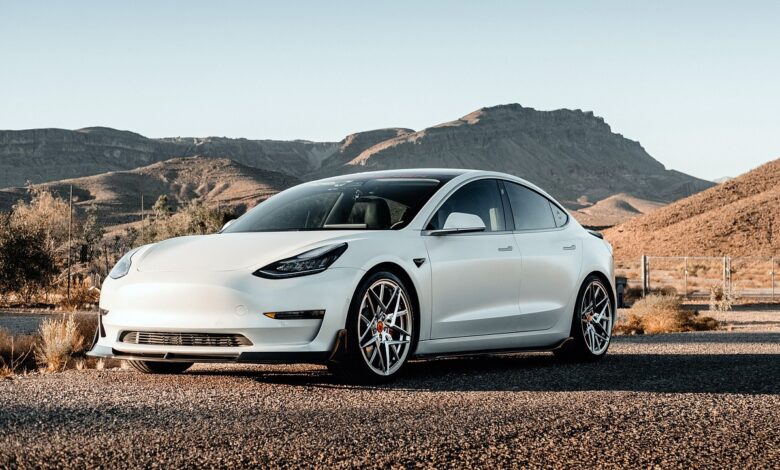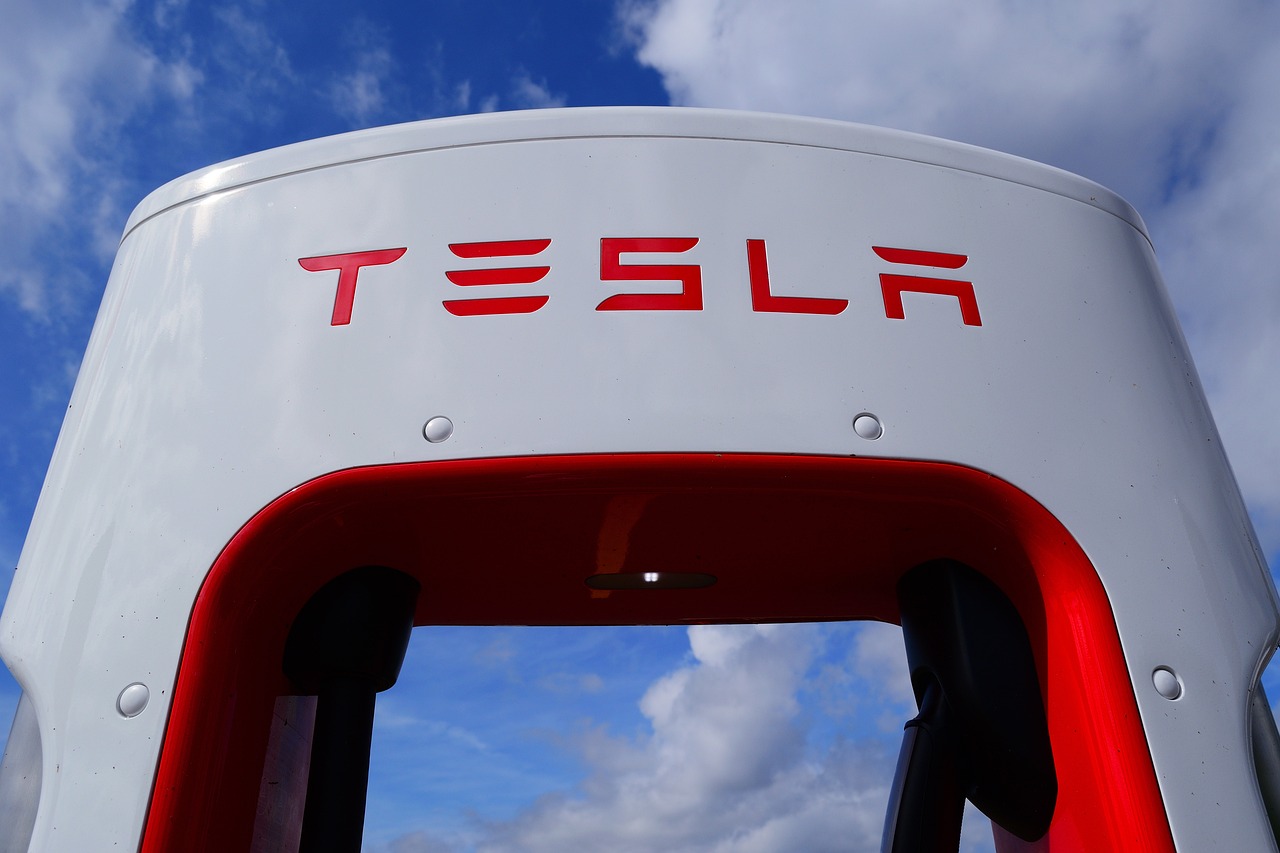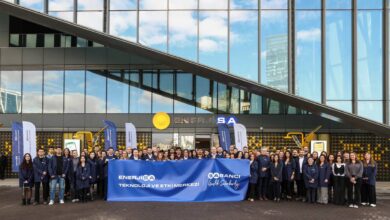Are Teslas Reliable? A Comprehensive Guide to Tesla’s Dependability

Electric vehicles (EVs) are rapidly reshaping the automotive industry, and Tesla remains a dominant player in this transformative shift. But with growing interest comes an inevitable question: Are Teslas reliable? From innovative features to maintenance concerns, understanding Tesla’s reliability can help prospective buyers make informed decisions. This guide dives into the factors influencing Tesla’s reliability, the experiences of owners, and the verdict on whether these EVs stand the test of time.
Tesla Reliability: An Overview
Tesla has revolutionized transportation with its cutting-edge technology, sleek designs, and impressive range capabilities. However, when assessing reliability, opinions are mixed. Industry surveys, customer reviews, and expert analyses provide a nuanced picture of what it means to own a Tesla in terms of dependability.
What Does Reliability Mean for Tesla Vehicles?
Reliability is a measure of how consistently a vehicle performs without unexpected breakdowns or significant repair needs. For Tesla, reliability encompasses:
- Build quality
- Battery performance
- Software stability
- Maintenance costs
Each of these elements influences how owners perceive the overall dependability of Tesla cars.
Build Quality: Strengths and Challenges
Tesla’s vehicles, from the Model S to the Model Y, boast innovative designs that have captured global attention. However, their build quality has occasionally come under scrutiny.
- Strengths: Tesla cars use durable materials and are equipped with advanced safety features. The minimalist interior appeals to modern tastes, and their aerodynamic designs support efficiency.
- Challenges: Some owners have reported issues like uneven panel gaps, paint imperfections, and creaky interiors. These concerns are often attributed to the company’s rapid production scaling.
Battery Technology: A Pillar of Tesla’s Reliability
The battery is the heart of any EV, and Tesla has invested heavily in this technology. Tesla’s batteries are designed to last hundreds of thousands of miles, which outperforms many competitors.
- Longevity: Studies suggest Tesla batteries retain over 80% of their capacity after 200,000 miles.
- Performance: Cold climates can reduce range, but Tesla’s thermal management system minimizes these effects.
- Charging: Tesla’s Supercharger network ensures fast and convenient charging, a significant reliability advantage over other EV brands.

Software Updates: A Unique Advantage
Tesla vehicles stand out with their over-the-air (OTA) software updates. These updates allow Tesla to fix bugs, improve performance, and introduce new features without requiring a visit to the dealership.
- Pros: OTA updates enhance the car’s capabilities over time, effectively “future-proofing” the vehicle.
- Cons: Some updates have introduced glitches, which Tesla typically resolves promptly.
Owner Experiences with Tesla Reliability
Customer feedback is one of the most telling indicators of a car’s dependability. Owners of Tesla vehicles often praise:
- Driving experience: Teslas deliver smooth, quiet, and powerful acceleration.
- Safety features: Advanced driver-assistance systems (ADAS) like Autopilot enhance confidence on the road.
- Low maintenance requirements: With fewer moving parts than traditional cars, Tesla owners face fewer mechanical issues.
However, critics highlight certain drawbacks:
- Service availability: In some regions, Tesla service centers are sparse, leading to longer repair times.
- Parts delays: Replacement parts can take weeks to arrive, especially for less common components.
How Does Tesla Compare to Competitors?
Tesla often ranks higher in technology and performance but lower in reliability compared to some established automakers. Brands like Toyota and Honda are renowned for dependability but lack Tesla’s innovative edge. In the EV market, rivals such as Hyundai’s Ioniq 5 and the Ford Mustang Mach-E offer strong alternatives with fewer reliability complaints.
Tesla Models: A Breakdown of Reliability
Each Tesla model has unique strengths and weaknesses when it comes to reliability:
- Model S: Known for luxury and range, but early models faced issues with suspension and electronics.
- Model 3: Tesla’s most popular vehicle boasts solid performance, though some units reported paint and alignment problems.
- Model X: While its Falcon Wing doors are impressive, they’ve been a source of mechanical issues.
- Model Y: Combining features of the Model 3 and Model X, the Model Y has shown improvement in reliability ratings.
Do Tesla Cars Require a Lot of Maintenance?
Tesla vehicles have fewer maintenance needs than traditional gas-powered cars. Key benefits include:
- No oil changes or spark plugs: Electric motors eliminate the need for these components.
- Brake longevity: Regenerative braking reduces wear and tear on brake pads.
- Software-driven diagnostics: Tesla vehicles notify owners of potential issues early.
That said, common maintenance tasks for Teslas include tire rotations, replacing cabin air filters, and checking battery health.
Are Teslas Expensive to Repair?
Repair costs for Teslas can be higher than average due to their specialized components and limited third-party repair options. However, the overall cost of ownership remains competitive when considering fuel savings and minimal routine maintenance.
Reliability Rankings from Industry Experts
Organizations like Consumer Reports and J.D. Power have evaluated Tesla’s reliability:
- Consumer Reports: Tesla vehicles often rank high in owner satisfaction but receive mixed reliability scores.
- J.D. Power: Initial quality surveys note that Tesla lags behind traditional automakers in addressing manufacturing defects.
How Tesla’s Warranty Supports Reliability
Tesla offers competitive warranties to reassure buyers:
- Basic vehicle warranty: Covers 4 years or 50,000 miles.
- Battery and drive unit warranty: Extends up to 8 years or 150,000 miles, depending on the model.
These warranties reflect Tesla’s confidence in its technology, particularly its batteries.
How to Maximize Your Tesla’s Reliability
Owners can enhance their Tesla’s dependability through proactive care:
- Regular software updates: Keep the vehicle running optimally.
- Scheduled maintenance: Follow Tesla’s guidelines for tire rotations and filter replacements.
- Home charging setup: Installing a reliable home charger ensures consistent battery health.
The Future of Tesla Reliability
Tesla is continually improving its manufacturing processes and expanding its service network. Innovations like Tesla’s next-generation batteries and expanded Supercharger stations promise to boost reliability even further.
What are common problems with Teslas?
Common problems reported with Teslas include build quality issues such as panel gaps, paint imperfections, and occasional software glitches. Some owners have also experienced problems with touchscreens, which control many vehicle functions, leading to inconvenience if they fail. Additionally, early models faced reliability concerns with suspension and door handles, although these have improved in newer versions. Battery performance and range in cold weather are also areas of concern for some users.
Do Tesla batteries degrade quickly?
Tesla batteries generally do not degrade quickly and are engineered to last hundreds of thousands of miles. Studies show that most Tesla batteries retain around 90% of their original capacity after 200,000 miles, depending on charging habits and environmental conditions. However, frequent use of supercharging and exposure to extreme temperatures can slightly accelerate degradation over time.
How long do Tesla vehicles last?
Tesla vehicles are designed to last as long as traditional cars, often exceeding 300,000 to 500,000 miles with proper maintenance. The electric drivetrain has fewer moving parts than internal combustion engines, reducing wear and tear. Battery replacement may be required after a certain period, but advancements in technology have increased battery longevity, making Teslas viable for long-term ownership.
Is Tesla maintenance expensive?
Tesla maintenance costs are generally lower than those of traditional gas vehicles due to the lack of oil changes, fewer moving parts, and regenerative braking systems that extend the life of brake pads. However, certain repairs, such as battery replacements or fixing proprietary systems, can be costly. Tesla’s reliance on authorized service centers can also make repairs more expensive than standard mechanics.
Are Teslas better than traditional gas cars in reliability?
In many ways, Teslas are more reliable than traditional gas cars due to their simplified design, which eliminates common mechanical issues like engine failures and transmission problems. However, they do have unique challenges, such as software-related issues and higher sensitivity to environmental conditions like extreme temperatures. Overall, they offer strong reliability with lower maintenance needs.
What makes Teslas unique in terms of reliability?
Teslas are unique in reliability due to their over-the-air software updates, which allow the company to fix bugs, add features, and improve vehicle performance remotely. Their electric drivetrains are also simpler and less prone to failure compared to internal combustion engines. Additionally, Tesla’s extensive network of Superchargers supports reliable long-distance travel, further enhancing the ownership experience.
What is the downside of having a Tesla?
The downside of owning a Tesla includes the high initial purchase price, limited access to service centers in some regions, and concerns about charging infrastructure in less-developed areas. Additionally, some drivers may find range anxiety or battery performance in cold weather to be challenging. Software glitches and repair costs for proprietary components can also be drawbacks.
What happens after 10 years with a Tesla?
After 10 years, a Tesla may still function well, but its battery capacity might degrade to around 70-80% of its original level, depending on usage and care. While the drivetrain and other electric components are likely to remain reliable, owners might encounter higher repair costs for aging components, such as the touchscreen or suspension systems.
What is a Tesla’s weakness?
A Tesla’s primary weakness is its dependency on software and proprietary components, which can lead to expensive repairs if issues arise. Additionally, battery range and performance may be impacted in extreme climates, and the lack of widespread independent service options can inconvenience some owners. Charging infrastructure, while improving, may still be a limitation for those in remote areas.
How long do Tesla batteries last?
Tesla batteries are designed to last between 300,000 and 500,000 miles, equivalent to 15-20 years of typical usage. Battery longevity depends on factors like charging habits, temperature exposure, and driving conditions. Proper care, such as avoiding frequent fast charging and extreme heat or cold, can help maximize battery lifespan.
Verdict: Are Teslas Reliable?
Teslas offer cutting-edge technology, impressive range, and a low-maintenance ownership experience. While some aspects, such as build quality and service availability, require attention, the overall reliability of Tesla vehicles is steadily improving. For those willing to embrace innovation, Teslas remain a strong contender in the EV market.




